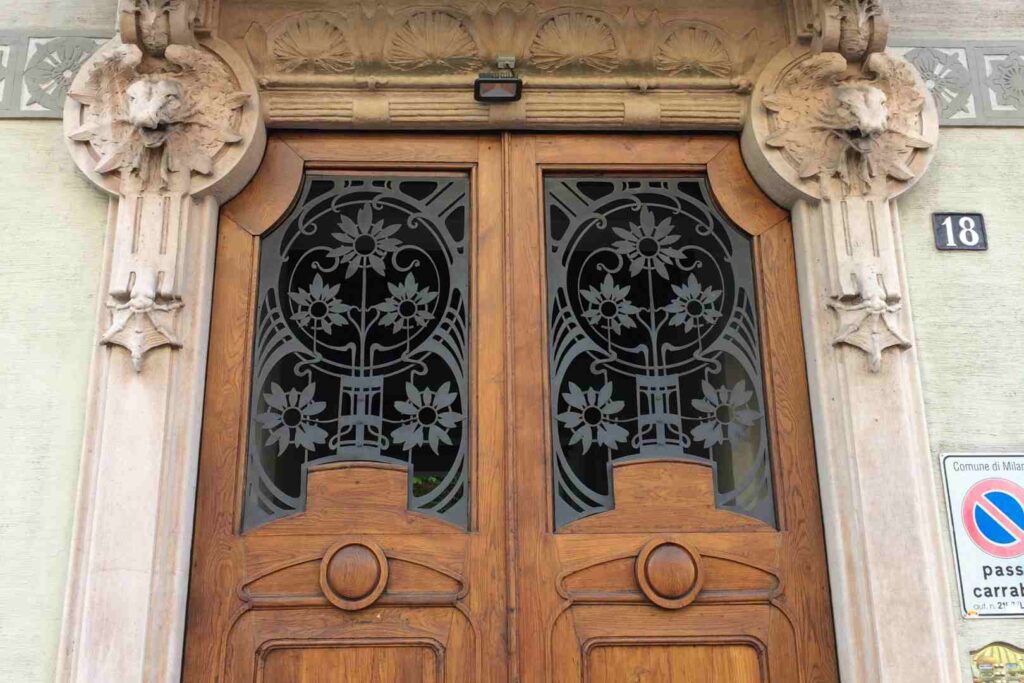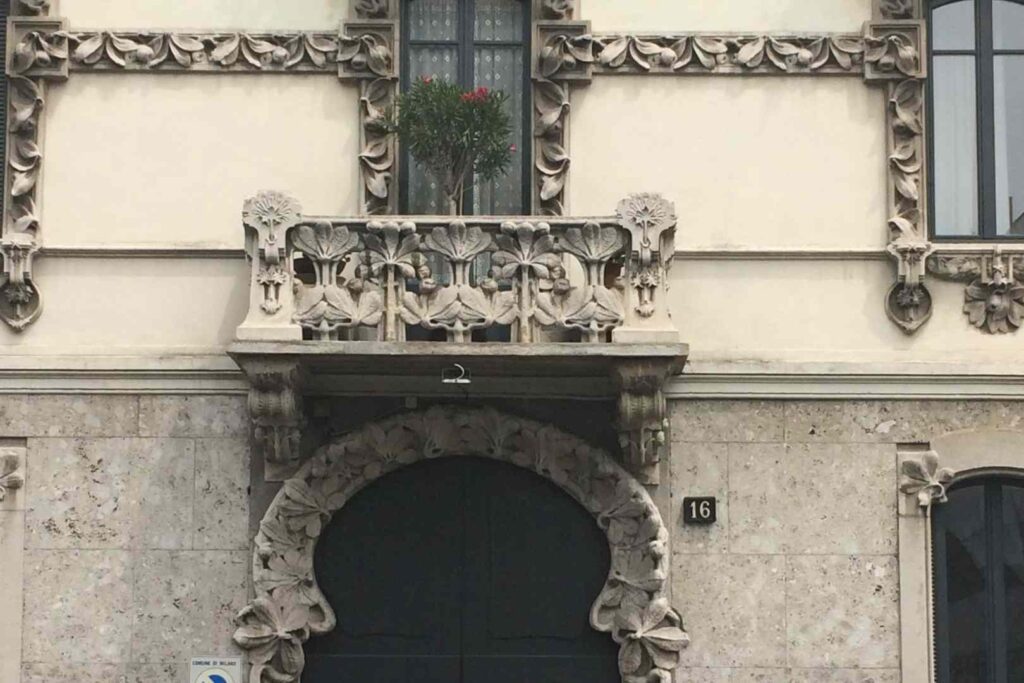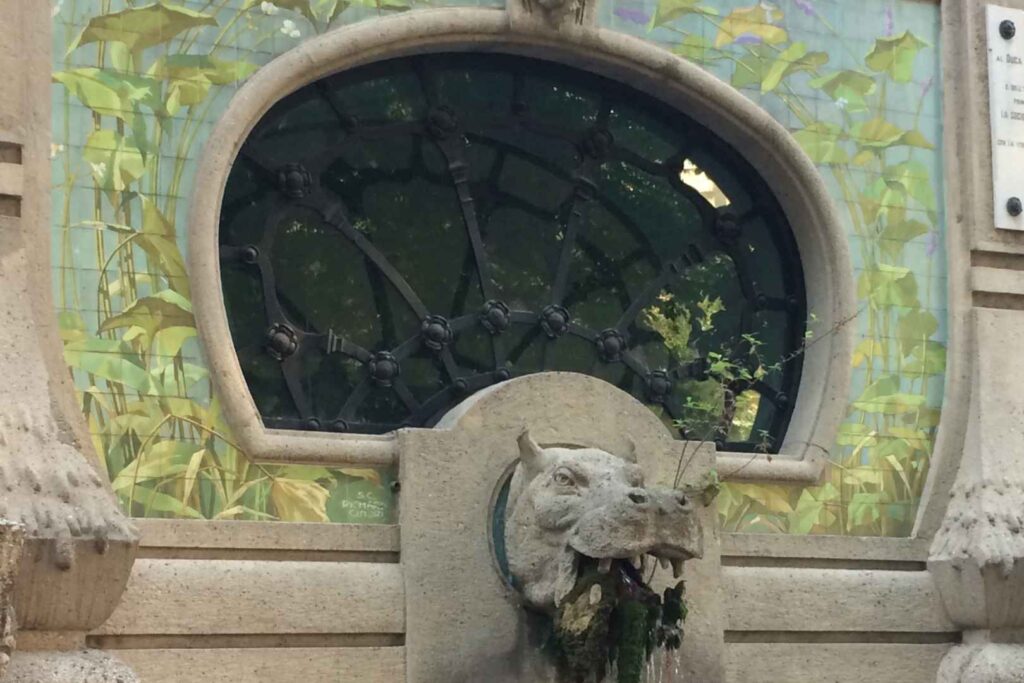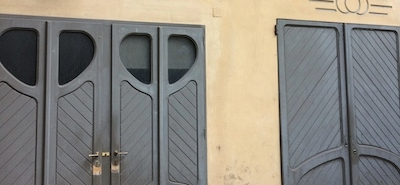Milan is a city with a rich history that dates back to Roman times. Over the centuries, the city has undergone numerous transformations and has played a significant role in shaping the cultural and political landscape of Italy. In this article, we will take a brief look at the history of Milan, highlighting key events, cultural achievements, and significant figures that have shaped the city’s identity.
Founded in 600 BC, Milan was originally a Celtic settlement. However, it was the Romans who established the city as a major hub for trade and commerce. Milan became the capital of the Western Roman Empire in the 4th century AD and remained an important center of power and culture throughout the Middle Ages.
From Visconti to da Vinci: Tracing Milan’s Renaissance Legacy
During the Renaissance, Milan was ruled by the powerful Visconti family, who commissioned many of the city’s most famous landmarks, including the Duomo di Milano and the Castello Sforzesco. The Visconti family was known for their patronage of the arts, and many of Italy’s greatest artists, such as Leonardo da Vinci, worked in Milan during this time.
Milan’s Renaissance period, spanning the 14th to the 16th centuries, was a time of great artistic and cultural advancement, with the city playing a central role in Italy’s cultural and political landscape. The Renaissance era in Milan was characterized by the rule of the powerful Visconti family, who commissioned many of the city’s most famous landmarks, including the Duomo di Milano and the Castello Sforzesco. The Visconti family was known for their patronage of the arts, and many of Italy’s greatest artists, such as Leonardo da Vinci, worked in Milan during this time.
Leonardo da Vinci is one of the most prominent figures associated with Milan’s Renaissance legacy. He arrived in the city in 1482 and worked as a painter, engineer, and architect for the ruling Sforza family. During his time in Milan, da Vinci created some of his most famous works, including The Last Supper, a mural painting in the Church of Santa Maria delle Grazie, and the Sforza Horse, a massive equestrian statue that was never completed. Da Vinci’s contributions to Milan’s Renaissance legacy are still celebrated today, with many museums and galleries dedicated to his work.
Milan’s Renaissance legacy extends beyond da Vinci, with many other notable artists, architects, and intellectuals contributing to the city’s cultural and intellectual landscape during this time. Some of the other prominent figures associated with Milan’s Renaissance legacy include architect Donato Bramante, painter Bernardino Luini, and philosopher Francesco Filelfo. Through their works and contributions, these individuals helped to shape Milan into the cultural and intellectual center that it is today.
From Rebellion to Unification: Milan’s Part in the Italian Risorgimento
In the 19th century, Milan played a key role in the Italian Risorgimento, the movement for Italian unification. Milan was the site of the Five Days of Milan, a popular uprising against Austrian rule that took place in 1848. The city was eventually liberated in 1859 and became part of the Kingdom of Italy.
Italian Risorgimento was the political and social movement that resulted in the unification of Italy in 1861. It was a period of intense political upheaval and nationalistic sentiment that lasted from the late 18th century until the creation of the Kingdom of Italy. Milan played a significant role in the Italian Risorgimento, and the city is still regarded as one of the most important cultural and political centers in the country.
During the 19th century, Milan was ruled by the Austrian Empire and was subject to their laws and customs. However, Milanese citizens were determined to gain their independence and unify Italy. The Five Days of Milan in March 1848 was one of the most significant uprisings against Austrian rule, with the people of Milan rising up against their oppressors. The revolt lasted for five days, and although it ultimately failed, it sparked a renewed sense of Italian nationalism and solidarity.
Milan’s role in the Italian Risorgimento continued beyond the 1848 uprising. In 1859, the Austrians were defeated by the Franco-Piedmontese army, and Milan became part of the Kingdom of Sardinia, which eventually led to the unification of Italy in 1861. Today, Milan remains an important center of political and cultural activity in Italy, and visitors can explore the city’s history and legacy by visiting historical landmarks such as the Risorgimento Museum and the Monument to Victor Emmanuel II.
From Art Nouveau to current Milan
From the 1890s to the First World War, Milan’s Art Nouveau movement was influenced by the city’s rich history of art and design. Many of the city’s most famous Art Nouveau buildings, such as the Casa Galimberti and the Casa Campanini, were designed by local architects, including Giuseppe Sommaruga and Ernesto Basile. Milan’s Art Nouveau movement was also known for its decorative arts, including furniture, ceramics, and glassware. CLICK HERE for Liberty Style private tours in the city of Milan.
In the 20th century, Milan became a center for industry and fashion. The city’s fashion industry, which is still thriving today, began to take shape in the 1950s, with the establishment of the first Italian fashion houses. Milan is now recognized as one of the world’s fashion capitals, and hosts the famous Milan Fashion Week twice a year.
Milan has also been a center for art, architecture, and design. The city has numerous art museums, including the famous Pinacoteca di Brera, which houses a vast collection of Italian Renaissance art. Milan is also home to many architectural landmarks, such as the Galleria Vittorio Emanuele II, one of the world’s oldest shopping malls, and the Pirelli Tower, an iconic skyscraper designed by architect Gio Ponti.
In conclusion, Milan has a rich and diverse history that spans over two thousand years. From its Roman origins to its modern-day status as a center for fashion and design, Milan has been shaped by many significant events, cultural achievements, and influential figures. As the city continues to evolve and thrive, its past will continue to inform and inspire its future.





Unveil the Art Nouveau Gems of Milan with Exclusive Private Tours
Art Nouveau private tours are a fantastic way to explore the rich history and unique beauty of Milan’s Art Nouveau architecture and design. These tours can be enjoyed throughout the year, as Milan’s Art Nouveau landmarks and buildings are accessible and open to visitors year-round. Whether you’re interested in exploring the city’s famous Art Nouveau landmarks or discovering hidden gems that are off the beaten path, there is something for everyone on an Art Nouveau private tour.
At this site, you can find some of the best Art Nouveau private tours in Milan. These tours are led by knowledgeable and experienced guides who are passionate about the city’s Art Nouveau heritage and can provide you with a wealth of information and insight about the architecture, history, and culture of Milan. With a variety of tour options available, from walking tours to bike tours and more, you can choose the experience that best suits your interests and preferences.
So whether you’re a history buff, an architecture enthusiast, or simply someone who loves beautiful design and aesthetics, an Art Nouveau private tour in Milan is an unforgettable experience that you do”t want to miss. Book your tour today at http:art and discover the beauty and elegance of Milan’s Art Nouveau heritage. More info CLICK HERE.






